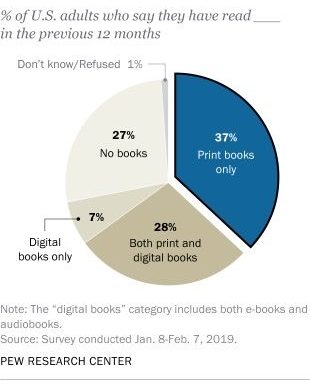In this assignment, I would like to respond to Marlis Enders’ task #4 manuscript. There are a number of reasons why I choose Marlis’ post to respond.
First of all, I appreciate her sharing authentically about her experiences with mechanized forms of writing, such as typewriters and word processors, as well as her personal preference for handwriting. On top of that, Marlis’ post is also an excellent example of how an individual writes and thinks can be influenced by text technology. For instance, Marlis prefers making handwritten notes, however, when it comes to academic writing or writing a work report, she would type everything on a computer which allows her to process thoughts properly while writing it simultaneously, even more, she could delete, add or correct writing as desired.
Now let’s expand our discussion on, how have various communication technologies modified reading and writing practices? A decade ago, Schmandt-Besserat (2009) envisioned the future of writing will be dominated by communication technologies, such as emails, chat rooms, text messages, and etc. In reality, Information and Communication Technology (ICT) is dominating:
- in individual households. Imagine mom has prepared a warm meal, instead of yelling “dinner is ready” in the kitchen which you cannot hear from 2F bedroom, she may prefer saving her strength by sending a quick message in the family group chat. It may not be applicable to your family, but my aunt always texts in the group chat when the meal is ready. Or imagine this, you couldn’t attend your cousin’s wedding, but technologies have allowed you to join the wedding virtually. It has been the case for many couples who got married during COVID-19.
- in workplaces. Various communication platforms are being used at workplaces, such as Outlook, Microsoft Teams, WeChat, Linked-In, Slack, Zoom Meeting, and more. These days, you may very likely find job descriptions that require applicants to “have excellent writing skills”, “able to type 50 words per minute”, or “can communicate effectively”. Clearly, the workplaces need people with technology literacy. To be more specific, one has to be able to write and communicate in various formats, whether in virtual or in person. Consequently, education institutions have to respond to the market needs, so to speak, train learners with digital literacy, and equip them with technological skillset.
- in the education field. ICT has dramatically changed the teaching and learning experience. For instance, eLearning has been growing rapidly in recent decades, as a result of rapid growth in ICT, as well as to meet learners’ needs that they want to learn whenever they want and whenever they are available. For example, the MET program is a great example for learners who came from various backgrounds to learn together, without the physical restriction of time or long distance.
- in the entertainment industry. Centuries ago, my forefathers loved watching Shadow Play, it is an ancient form of storytelling and entertainment which to some extent, is similar to cartoons or movies today. Shadow Play was only available in the synchronized format, in which flat articulated cut-out figures are held by strings and sticks. Whereas nowadays, movies, TV shows, reality shows, singing competitions, documentaries, YouTube channels, virtual reality, podcasts, and radios, the list goes on. It has brought us more sensational experiences.
I recall Dr. Lena Boroditsky (2017) pointed out in one of her TED Talk videos, the relationship between print technology and socio-political and economical developments. In my opinion, text technologies and economical development supplement each other, in many cases, they reinforce each other’s strengths. Essentially, economic development creates opportunities and needs to further develop or improve text technology. For example, electronic books and audiobooks have diversified the ways how the publishing industry can make revenues.

In return, advanced text technologies help to strengthen economic growth, in view of how ebooks and audiobooks are attracting young generation readers (Toner Buzz, 2021). Even though the printed books market is still in the dominating position, it may change over time influenced by political, societal, educational, or technological reasons. To think more boldly, we may be lucky enough to witness Web 3.0 in our lifetime.
References
Boroditsky, L. (June 2017). [Video]. How the languages we speak shape the way we think.
Schmandt-Besserat, D. (2009). “Origins and Forms of Writing.” In Bazerman, C. (Ed.). Handbook of research on writing: History, society, school, individual, text. New York, NY: Routledge.
Toner Buzz. (2021). Paper Books VS eBooks Stats, Trends and Facts. Retrieved from here.